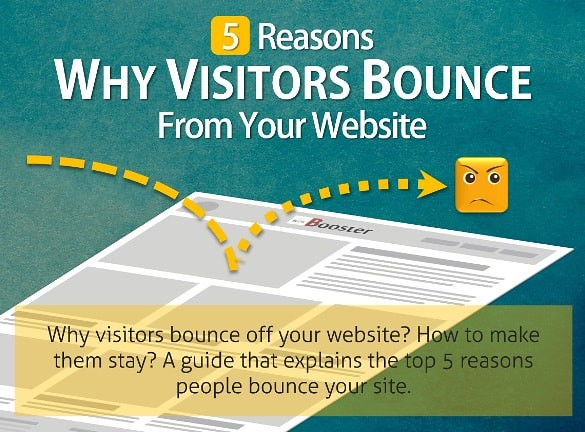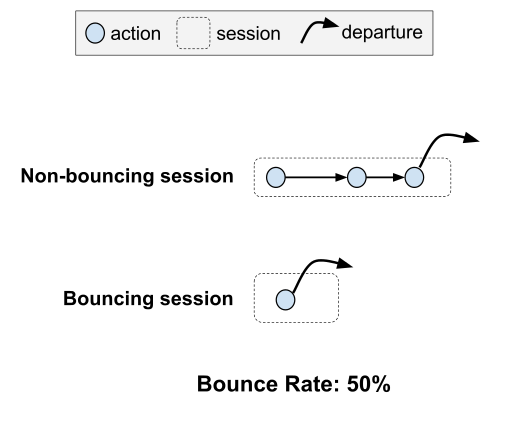What do you need to know about your website’s bounce rate?
Leveraging the potential of the Internet to increase your reach and drive sales can be complex, but there are a range of strategies and techniques you can use to do this successfully.

If you’re looking for a URL to buy domain name businesses such as the one that can be found here https://www.names.co.uk/domain-names can effectively guide you through the process. When your website is all set up and you’re attracting traffic, it might be worth keeping a close eye on your bounce rate. Let’s explore why.
What is bounce rate?
A bounce occurs when a user decided to leave your website after visiting just a single page. The percentage of sessions where a bounce occurs is called the bounce rate and, generally speaking, it is important to keep this percentage as low as possible.
If your site has a low bounce rate, this means that visitors are landing on a particular page and are actively choosing to spend time exploring more of your on-site content. This is important because the more content they see and enjoy, the more likely they are to ultimately convert into a paying customer.

What percentage should I be aiming for?
Generally speaking, a bounce rate of 58% is considered to be good, with anything less than 40% being excellent. Bounce rates of more than 70% are usually a cause for concern, but the reality is a bit more complex.
Bounce rates will vary depending on the purpose of a particular web page and, as such, looking at the bounce rate for your entire website can’t really tell you very much about the levels of audience engagement you are attaining. So, if you’re alarmed by your bounce rate and want to immediately begin devising ways to reduce your percentage, it is important to think carefully about precisely where you should place the majority of your focus and attention.
Analysing and improving your bounce rate
If you have decided that reducing your bounce rate is important to help your business meet a set of clearly defined goals and objectives, how you analyse the data you have collected will determine the insights you are ultimately able to gain from it.
When it comes to improving your bounce rate, there are a variety of strategies you could choose to pursue, including increasing your page speed, enhancing your user experience, and ensuring mobile friendliness.

